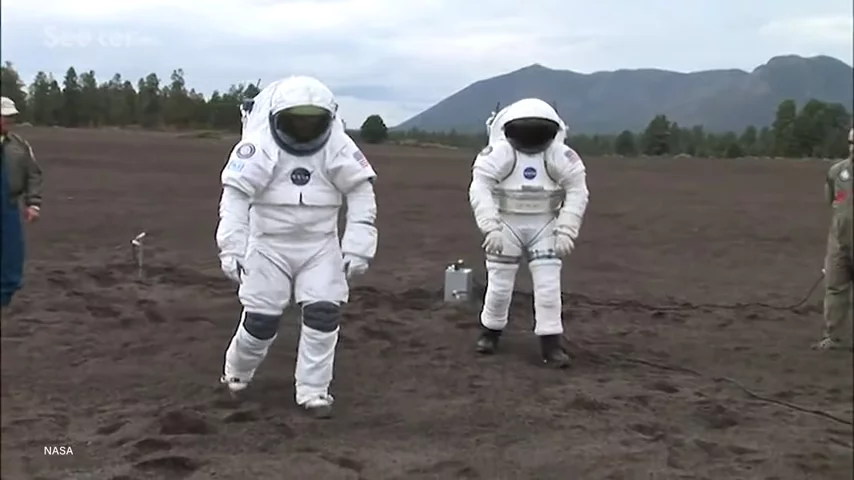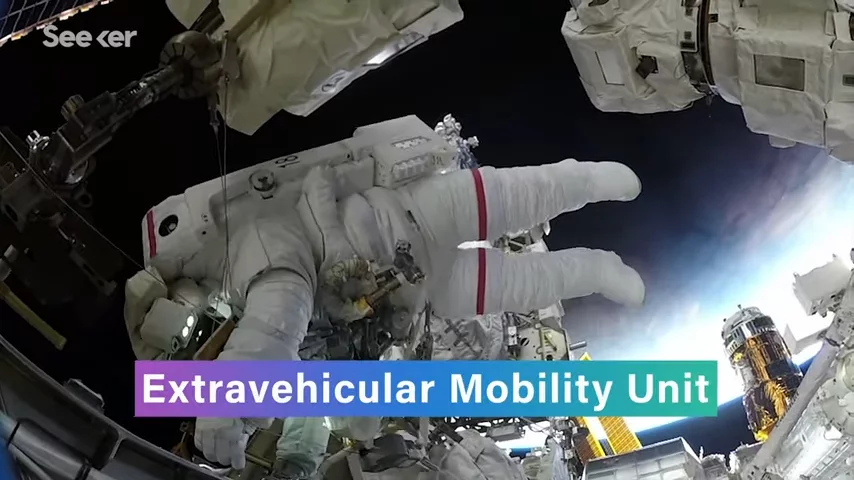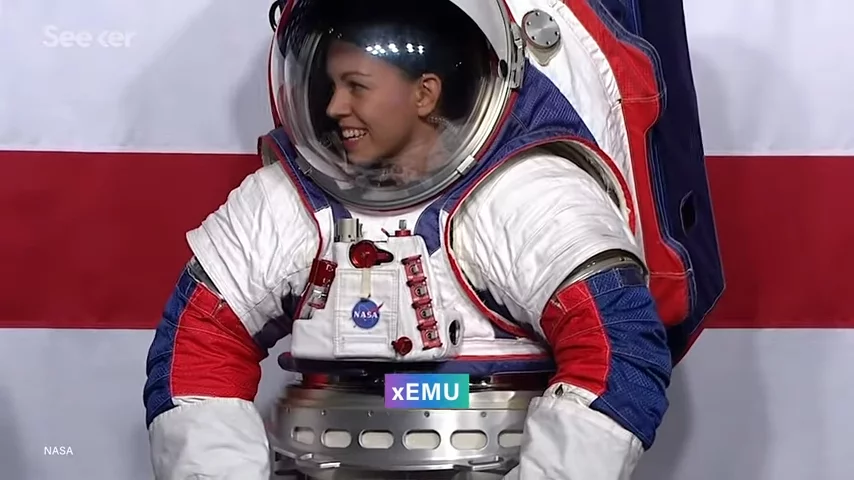NASA’s Artemis program plans to return humans to the moon by 2024, 55 years after astronauts first set boots on lunar regolith. In that time technology has come a long way, so those boots—and the rest of the space suit — are getting an overhaul. This means the next generation of spacesuits that will protect astronauts as they trod on our nearest celestial neighbor will look very different from the iconic suits Neil and Buzz historically waddled around in.
Forgive the obvious statement but the moon is a very hostile environment, and designing what is essentially a teeny tiny spacecraft for one person is incredibly challenging. he first space suits used for moonwalks had to keep astronauts alive, protect them from hazards like micrometeroids, and withstand temperatures ranging from minus 150 to 120 degrees Celsius. They also had to allow enough motion for astronauts to perform scientific experiments and pick themselves up if they fell down. And as is always the case with space travel, weight is a factor. The lighter the better.
With all that in mind, it’s pretty incredible that those early suits performed as well as they did. But they weren’t perfect. Some factors you just can’t plan for, like lunar dust. Before anyone set foot on the moon, nobody knew what to expect. Neil Armstrong clung to the ladder at first for fear the surface might act like quicksand and suck him down, which is a nightmare I won’t be able to get out of my head for a while.
No one was swallowed up but the moon’s regolith posed an unforeseen problem. Because there’s no atmosphere to weather it and grind it down, the dust on the moon is jagged and sticks to everything It got into seams and zippers and degraded the suits much faster than engineers anticipated. It also didn’t help that astronauts fell over. A lot.
Because of weight restrictions the lower portion of the suit lacked bearing joints and consequently were stiff. Combine that with unfamiliarity with the moon’s low gravity, and you get videos of some of the most intrepid souls who ever lived falling over like toddlers.
Apollo taught NASA a lot of lessons. The suits developed for shuttle missions that are still in use for spacewalks today, known as Extravehicular Mobility Units or EMUs, have also provided a wealth of knowledge.  So with Artemis on the horizon NASA has been putting what they’ve learned to use and in October 2019 they unveiled their eXploration Extravehicular Mobility Unit, or xEMU for short.
So with Artemis on the horizon NASA has been putting what they’ve learned to use and in October 2019 they unveiled their eXploration Extravehicular Mobility Unit, or xEMU for short.  The new suit’s bubble helmet improves downward visibility. The xEMU also makes use of more bearing joints, particularly for the lower body to allow astronauts to walk more naturally and stoop down to the moon’s surface. It sounds like a minor thing but can you imagine studying to become a geologist, going through astronaut training, flying hundreds of thousands of kilometers to the moon and not be able to make it that last meter to examine the surface? Infuriating.
The new suit’s bubble helmet improves downward visibility. The xEMU also makes use of more bearing joints, particularly for the lower body to allow astronauts to walk more naturally and stoop down to the moon’s surface. It sounds like a minor thing but can you imagine studying to become a geologist, going through astronaut training, flying hundreds of thousands of kilometers to the moon and not be able to make it that last meter to examine the surface? Infuriating.
In fact the ability for astronauts to get on their knees more easily was a suggestion Armstrong had when he reported back to Earth. I guess that’s why they called him Kneel.
The bearing joints up top have also been tweaked by canting the shoulder bearings forward. Current EMUs have them straight out which has resulted in long term shoulder injuries. They’re in that position because of the way astronauts have to wriggle into the two-piece suits, but the xEMU is a single piece that astronauts can enter through a hatch on the back, similar to the design of russia's Orlan space suits. That hatch also houses the Portable Life Support System, which thanks to shrinking electronics and plumbing can now have some redundant systems to safeguard against failure.
The CO2 scrubbers are also doubled up, with one capturing exhaled carbon dioxde and the other releasing the stored CO2 into space. Higher pressure oxygen tanks store more air, which means that really the biggest factor limiting how long an astronaut can explore is the suit’s battery life. Well, that and how long the astronaut can comfortably stay inside the suit, which NASA is also maximising by making 3D scans of each suit wearer and tailoring it specifically to them.
Despite the impressive work so far, the suits still have a lot of development ahead of them. NASA plans to start testing their first iterations at the ISS by 2023. If all goes well, the xEMU could be the next iconic space suit in the images that come back from our triumphant return to the moon or even our very first trip to Mars.
In case your Greek Mythology is a little rusty, Artemis is the twin sister of Apollo. A fitting name for a mission that will send the first women to the moon. If you want to know more about the stars, check out our latest series called Constellations. You’ll join astrophysicist Sarafina Nance in exploring everything about space and our place in it.


No comments yet